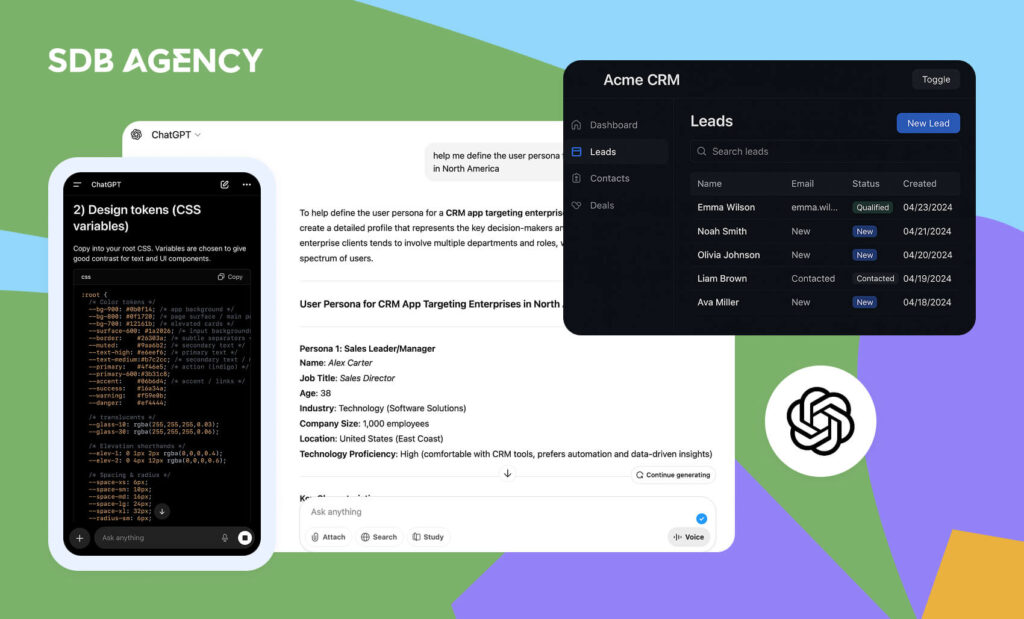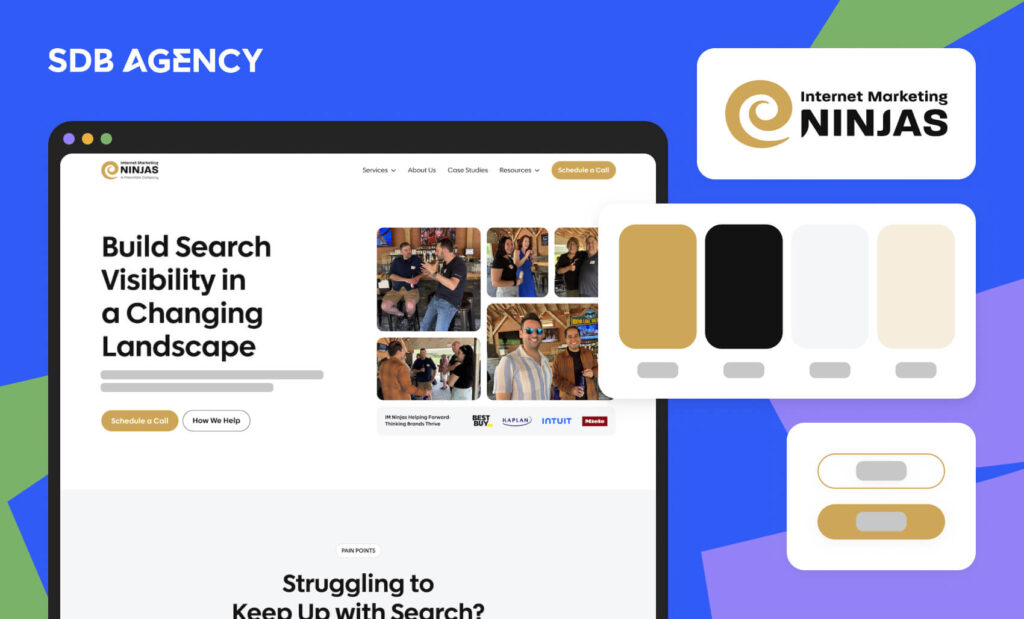Designing Responsive Icons for WordPress: Comprehensive Guide
Key takeaways
- As over 51% of visitors are on mobile devices, it’s important to provide a website that isn’t only for desktop, as it would be hard for them to use, leading to a bad UX.
- An optimized landing page for mobile will maximize your marketing efforts’ ROI. A bad conversion rate will result in fewer leads and wasted efforts on your ads.
- Responsive icons are part of responsive websites – they react and change depending on screen sizes.
- To create responsive icons, it’s important to start small with 16x16px. Also, ensure to maintain consistency with the original icon design across every variant.
As the internet is increasingly accessed from mobile devices, having a static website design that only works for a computer screen isn’t enough.
Not to mention other devices like tablets, 2-in-one laptops, and all the smartphone models with various screen dimensions. Therefore, slapping your content into a single column and calling it a day won’t be enough anymore. With responsive design, you can ensure your website looks great on all devices. This will result in better user experience, leading to higher conversions and business growth.
This guide will offer everything you need to know about responsive websites and responsive icons for WordPress, from definitions to best practices. Let’s get started!
What is responsive web design?
Responsive design is an approach to web design that adapts your web content to various screen and window sizes of multiple devices. For example, your content may be separated into multiple columns on desktop screens as they are wide enough to fit that design.
When your content is separated into multiple columns on a mobile device, users will have difficulty interacting with it. That’s why responsive design allows you to deliver numerous layouts of your content to various devices depending on the screen size.
Why is responsive design important?
If you’re unfamiliar with web design, blogging, or web development, you might wonder why responsive design matters. The answer is that designing for a single device is no longer enough. Mobile web traffic has overtaken desktop traffic and has been the primary source of website traffic, with more than 51% of users on mobile devices.
When more than half of your potential visitors use mobile devices to browse the internet, you shouldn’t offer them a website optimized for desktop as it would be hard to use and read, leading to a bad user experience.
If your landing page isn’t optimized for mobile, your marketing effort’s ROI won’t be maximized. Bad conversion rates will result in fewer leads and wasted effort for your ads.
Responsive icons
Now that you know more about responsive design, let’s move on to responsive icons. But what are they, and do they bring any value to the UX? Do they benefit the design? With these questions in mind, for the next section, we’ll go through the importance of responsive icons and what to consider when creating them on WordPress.
What are responsive icons?
Responsive icons are integrated into responsive websites. They react and change depending on the screen size. Every icon has at least two variations, usually consisting of different details. For example, the variant of the icon for a bigger screen size usually has more details compared to its small screen variations.
Responsive icons are excellent choices for one reason: quality. The problem with most icons is that they may look great on 128px but unreadable on 32px and under. There are two ways to solve this issue. You can design an icon that looks legible in every size, which requires plenty of skill, testing, and time, or you could go cheat mode by creating a variant of the icon specifically for each screen size. This saves time and may create a satisfying and professional result.
A new kind of icon
Like other types of responsive design, responsive icons result from the need for more diverse web design and programming. Mobile device usage is growing fast, and with their screen size smaller than computers and laptops, which were more popular in the past, every design element must be drastically different. Otherwise, mobile users, who take up most of the web traffic today, will struggle due to confusing controls, pages, and the need to scroll and zoom in and out of the page. These annoying design elements will quickly run them off.
There are plenty of opinions regarding responsive icons. Often, changing icons isn’t the best idea for user experience purposes, but when the icons get too small, it will make it even worse! However, creating various versions of the same icon is a lifesaver. Designing multiple-sized icons can be helpful when you know you’ll use them in different situations. For example, a bigger and more detailed icon for the homepage and a small, 16×16 version for the Menu.
How do you create responsive icons?
Let’s look at the best practices and things to consider when designing responsive icons.
- Start small: Adding the details is much easier than removing them. This is why it’s best to start with the smallest icon (16x16px) when designing responsive icons.
- Maintain consistency: Adapting your icon design to various sizes may tempt you to go overboard and unleash all your creative ideas, and that’s ok. However, ensure the design for every variant is consistent with the original icon design on which it is based. Remember that users are under too much stress to open a mobile version of a webpage they used on a desktop in the first place. And when the changes are unrecognizable, it will lead to a bad user experience.
- Experiment: Remember to add colors for more variants to fit the brand style guide. After 32px, consider adding more colors and get more illustrative and fun.
- Smooth transition: When testing your responsive SVG icon with different sizes, ensure that the transition from the smallest to the largest size and vice versa runs smoothly. This is especially important if you have more than four icon variants. An icon should change slightly while maintaining the style, feel, and colors of its bigger brother.
The future of responsive icons
When we saw the responsive icons for the first time, we truly believed that they were the future of icon design. However, the more designers work on icons, the more they understand that responsive icons will never replace anything.
Indeed, they are extremely useful, especially when working on alternative solutions for clients. Every logo or graphic designer should have knowledge and experience in creating responsive icons. However, it won’t likely be the norm for established icon design anytime soon.




